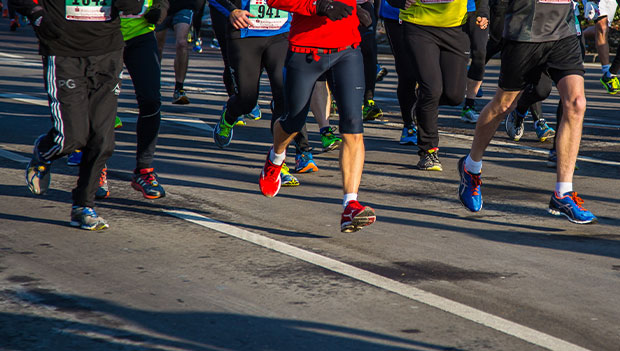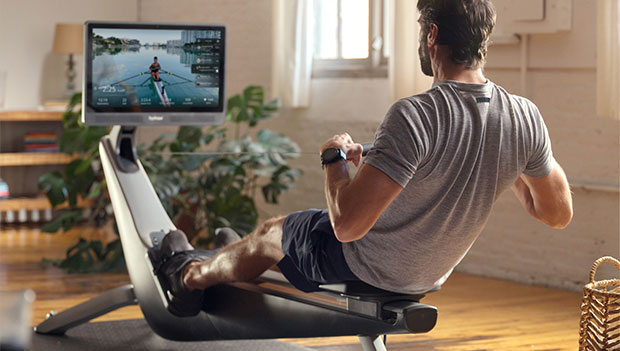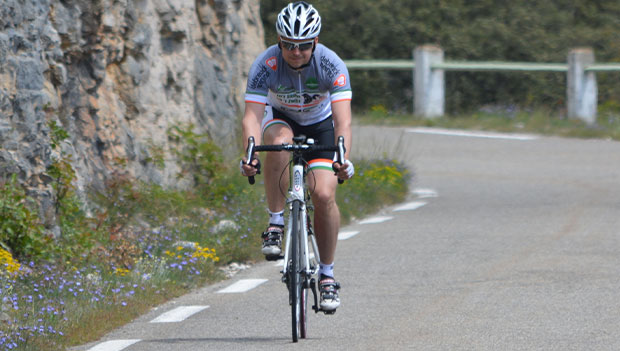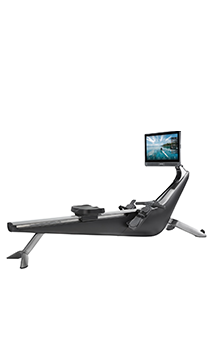
By clicking on the product links in this article, we may receive a commission fee at no cost to you, the reader. Sponsorships and affiliate commissions help support our research so we can help you find the best products. Read the full affiliate disclosure here.
It's the end of a hard run. You should feel tired. But, you don't. In fact, you want to dance and sing while telling passers-by that they should start running immediately. There is a reason that the term “runner's high" exists, and anyone who has experienced it understands why you would chase that feeling.
ACTIVE.com advisory board member Jamey Yon, the founder of TriYon, a multisport coaching service, said, "So many runners just get addicted to the miles." This can be particularly true when training for a race. However, Yon, a muti-time triathlon and marathon finisher, is quick to point out that running is not a gentle sport.
The unforgiving nature of running leads to stress on the body and can often cause injuries, which is why one of the foundations of Yon’s coaching method is balance. In addition to coaching his runners to follow an 80/20 running planning—80 percent of running at an aerobic pace with the other 20 percent getting you to an anaerobic level—he also implements strength training and low-impact cardio exercises such as swimming, rowing, and cycling into their training.
Low-impact cardio exercises allow you to rev up your heart and lungs in the same fashion as running without causing the kind of biomechanical stress that your body absorbs from your feet constantly striking the ground.
Although strength training does not usually push your cardiorespiratory system like rowing and cycling do, Yon says that many runners are surprised by how a weight session can get your heart rate up. He believes that a varied total-body approach is the key to not only preparing for a race, but for also being the best runner possible.
Strength Training
Yon states that the clangin' and bangin' of barbells is his personal non-running favorite. "Weightlifting is a great way to lay a base for running," he said. In part, this is because weight training increases your lean muscle mass, decreases body fat, and speeds up your metabolism.
Going further, Yon notes that the goal of runners is to "go longer and stronger" by improving their technique and running efficiency. He explains that in order to do so, you must strengthen your entire body, not just your heart, lungs, and the impact muscles in your legs. He says that creating strength and building muscle is one of the best ways for runners to avoid injury.
Rowing

Rowing can be an intense, sweat-inducing cardio exercise that is easier on the joints, tendons, and muscles easier on the joints, tendons, and muscles of your legs. But, it also works muscles that aren't utilized as much during running but serve a critical role in overall fitness. "Rowing fires up your glutes," Yon said. This is beneficial because runners tend to be very quad-dominant and often have weak posterior chains, which includes your glutes, hamstrings, and muscles in your lower back. Strengthening these large muscles will help runners avoid common running injuries.
When rowing, it is important to maintain proper form to maximize your workout and avoid potential injuries. Connected rowing machine company Hydrow helps keep rowers injury-free by providing form- and technique-focused workouts geared toward beginners, as well as offering a free one-on-one personal coaching session with the purchase of a rower.
Swimming and Deep-Water Running
Swimming is definitely on Yon’s list as one of the best low-impact cardio exercises that runners can do because it causes the least biomechanical stress on the body while still working muscles in your arms, hips, and core. It also encourages—perhaps even forces—you to work on your breath control, which is a huge component for runners.
However, for runners training for a race, he is a big fan of deep-water running. He says that deep-water running trains you to keep your pelvis tucked under while keeping your head and neck aligned properly. He also likes this running alternative because of how much it challenges and strengthens the hip flexors.
Cross-Training
Cross-training can help runners improve power, strength, speed, and balance, while often targeting the whole body rather than specific muscle groups. Furthermore, cross-training often utilizes gymnastic-based movements which help you achieve a rock-solid core. Runners will also be able to perform bodyweight movements and low-weight, high-repetition weight training.
Yon liked the benefits of cross-training so much that he became a certified CrossFit coach so that he could implement it into his personal training and instruct his clients in the movements.
Cycling

Cycling, on a stationary bike or in the great outdoors, will get your heart rate up while strengthening many of the same muscles that running does. However, it is a good alternative to running because a bike ride puts much less stress on your joints than hitting the pavement.
However, it is important to note that while cycling is certainly a good low-impact alternative to running, it, like running, doesn’t really strengthen your core or upper body. And, Yon stresses, a strong upper body and core are paramount to being a strong runner.
Walking
Even experienced runners should walk as part of their training. Yon explains that walking uses a lot more hips and glutes than running, but that your running will benefit from having stronger hips and glutes.
He enjoys walking as a recovery exercise and appreciates that it allows your ligaments, tendons, and supporting soft tissue to catch a breather while still circulating blood to your muscles.
The Finish Line
With the endorphins that running can fire up, it is understandable that runners often crave the road under their feet. However, it is important to take into account that the impact of running can cause a lot of trauma to the body. This amount of stress can lead to injuries, and injuries can derail your race plans.
That is why coaches, like Jamey Yon, encourage runners to incorporate a plethora of other low-impact exercises into race training.




